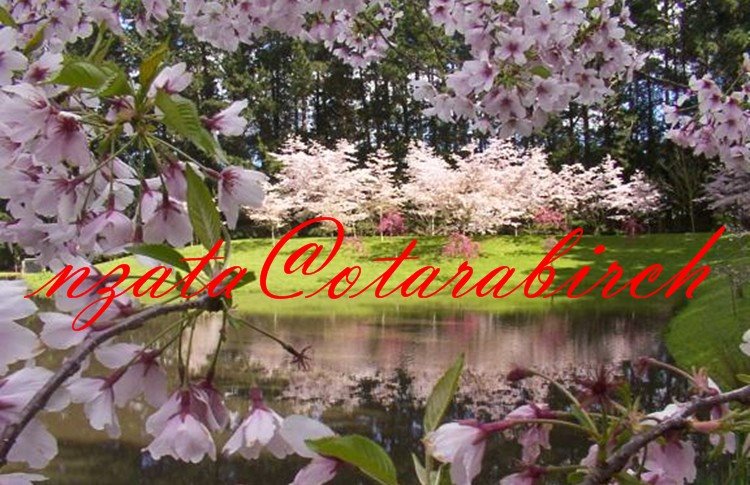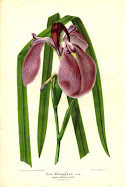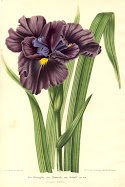
What a joy it is to walk in my little slice of paradise to take in the beautiful flowers of the Japanese iris seedlings of Iris ensata.
I first discovered these wonderful herbaceous perennial plants when I was given a few Japanese Iris upon visiting the gardens of the Late Frances Love in Carterton.
Frances gave me two Japanese iris plants to take home and care for.
One was a 3 petaled deep blue unnamed seedling she had raised which had shown some promise of branching with multi stems producing multiple flower buds, the other was a variety called I. ensata "Rose Queen" a delicate 3 petaled rosy pink.
I began to grow these in a shaded area of my garden in which they competed with tree roots and only just survived in this somewhat dry and partly shady garden. After more advice from Frances, I released them from this position of the garden and gave them full sun with the soil rich in compost combined with old rotten animal manures with plenty of water. They to my amazement began to flourish. In the mid summer of December/ early January they produced an amazing array of flowers on very long stems. Each stem had only one flower with the 3 petals floating in space. A very intense rosy pink.

I. ensata "Rose Queen" left a very deep impression in my mind that I wanted to grow more of these beautiful irises.
The weather seasons of the Manawatu in the late 1980's /early 1990's had become unsettled and brought much rain during the spring and summer months which made growing Bearded irises somewhat of a problem with so much rot in the rhizomes that I need other types of Iris to cope with the moist soils of the garden.
The Siberian and Japanese irises that I had, did so well and surpassed the expectations of all my other irises with the excepting of the water loving irises. I. louisiana and I. laevigata.
So where to find more Japanese iris. Many of the nurseries in New Zealand have a very poor selection of varieties available to purchase. Many of the same variety had different names as people had renamed them as the labels became lost or destroyed by what ever means. The only avenues open to me was to grow them from seed or by importing plant material from growers of Japanese irises in the international arena.
So in my next posts .... I will begin my incredible journey to find new and exciting Japanese and Siberian Irises as I had court the iris sickness that one gets when one begins to crave for more.
Additional info:
I. ensata "Rose Queen" is rosy pink with darker pink veins growing 95 cm tall(38 in). This cultivar was erroneously introduced in1915 as I. laevigata 'Rose Queen' by Lilley in 1915 later to be Re -register by The Society For Japanese Irises in 1989.
This cultivar is available in nurseries throughout New Zealand.





No comments:
Post a Comment